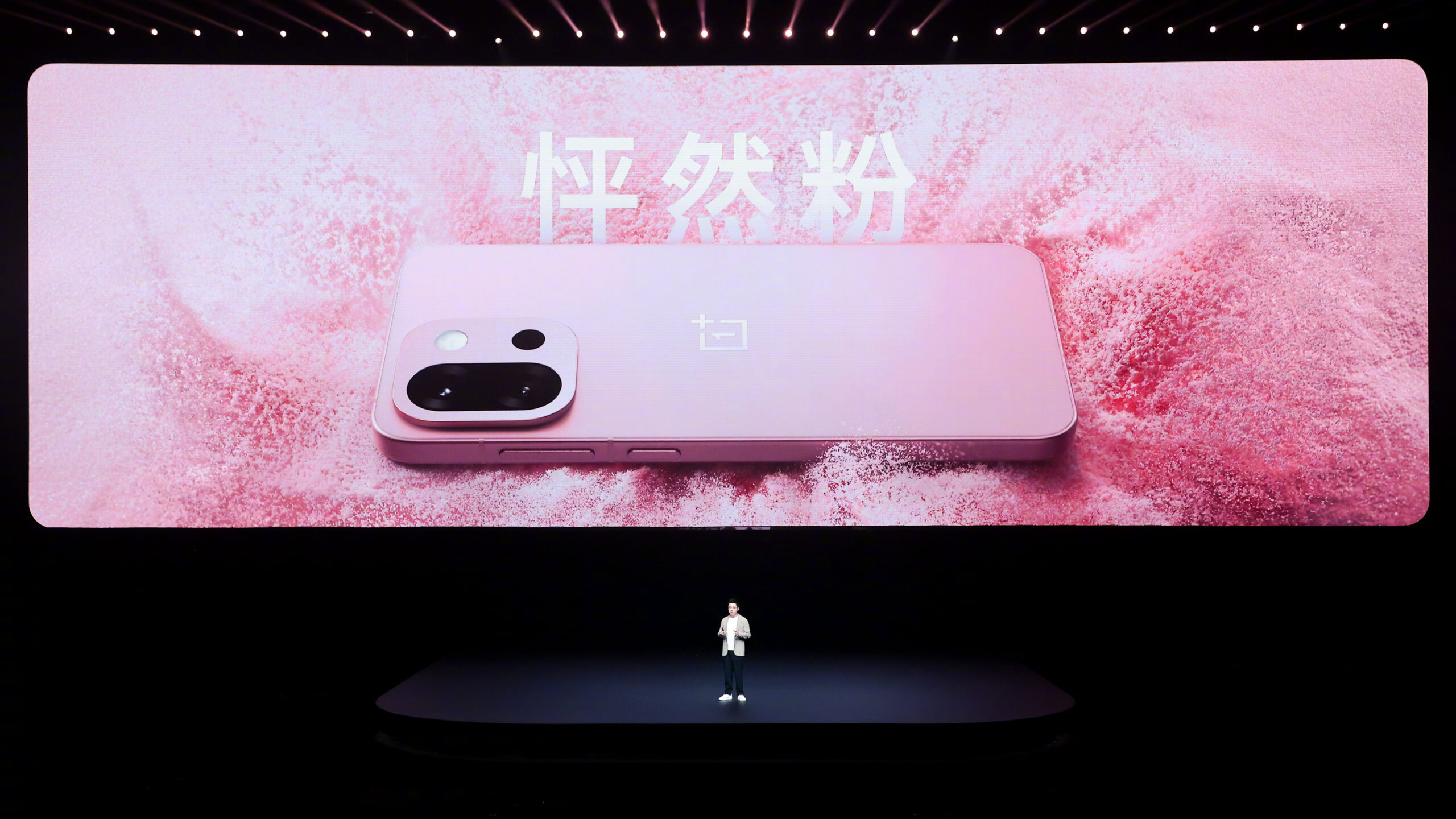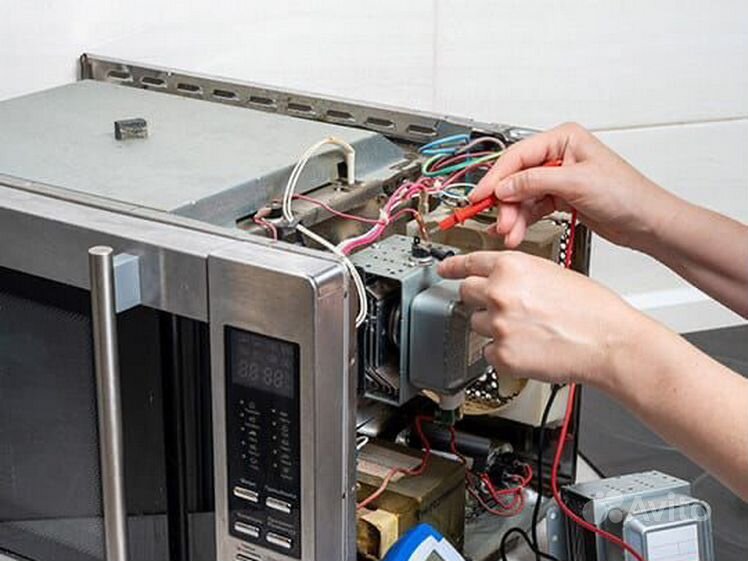Medical Radiation Shielding Market Size and Share Report: Comprehensive Forecast to 2031
The Medical Radiation Shielding Market is experiencing robust growth as advancements in medical technology continue to expand the scope of diagnostic imaging and therapeutic procedures. As a crucial component of modern healthcare, radiation shielding plays an essential role in protecting healthcare professionals, patients, and equipment from the harmful effects of ionizing radiation. The global Medical Radiation Shielding Market is projected to witness significant growth from 2024 to 2031, driven by the increasing demand for diagnostic imaging procedures, rising prevalence of chronic diseases, and stringent regulatory frameworks aimed at ensuring safety in healthcare settings. According to Kings Research, this market is poised for sustained expansion due to continuous technological innovations and the development of more efficient and safer radiation shielding solutions.
Market Overview
Medical radiation shielding involves the use of protective materials to block or absorb radiation, thus reducing exposure to harmful radiation levels. This shielding is critical in medical environments where diagnostic procedures, such as X-rays, CT scans, and radiotherapy, involve the use of radiation. Radiation shielding products, such as lead-lined walls, barriers, aprons, and glasses, are designed to ensure the safety of both healthcare professionals and patients.
The Medical Radiation Shielding Market size was valued at USD 1,650.0 million in 2023 and is projected to grow from USD 1,731.4 million in 2024 to USD 2,547.8 million by 2031, exhibiting a CAGR of 5.67% during the forecast period. The market is growing rapidly due to rising cancer rates, increasing use of diagnostic imaging, and ongoing advancements in shielding technology.
The global Medical Radiation Shielding Market is anticipated to grow due to a surge in medical imaging procedures, increasing number of radiotherapy centers, and the rising awareness of radiation safety protocols. Additionally, the expanding use of radiation-based technologies in oncology, cardiology, and orthopedics has led to a greater demand for efficient shielding solutions. As healthcare infrastructure continues to develop in emerging markets, the adoption of medical radiation shielding products is expected to rise.
Key Market Trends
Several trends are shaping the growth trajectory of the Medical Radiation Shielding Market. One of the most notable trends is the shift towards more advanced materials for shielding, moving away from traditional lead-based shields. This is due to the environmental and health concerns associated with lead, which has prompted manufacturers to develop innovative, lightweight, and eco-friendly alternatives. Materials such as lead-free composite shielding and bismuth-based shields are gaining popularity due to their superior safety profiles and ease of handling.
Another key trend is the increasing focus on personalized shielding solutions, particularly in radiotherapy. Customized shielding is designed to cater to specific patient needs, enhancing the precision and efficacy of treatment while minimizing radiation exposure. This has led to the development of patient-specific shields and 3D-printed shielding materials, which are expected to revolutionize the market in the coming years.
Market Demand and Dynamics
The demand for medical radiation shielding products is directly influenced by the rising number of diagnostic imaging and therapeutic procedures. The global increase in the incidence of chronic diseases, such as cancer, cardiovascular diseases, and neurological disorders, has led to an upsurge in the use of radiation-based diagnostic tools. According to the World Health Organization (WHO), the number of cancer cases is expected to rise by 47% from 2020 to 2040, further driving the need for radiation shielding products in healthcare facilities.
Furthermore, the growing elderly population worldwide, which is more susceptible to chronic diseases requiring radiation-based treatments, is contributing to the sustained demand for medical radiation shielding. The shift towards non-invasive diagnostic techniques, coupled with advancements in imaging technology, has increased the frequency of diagnostic procedures involving radiation, thus fueling the need for protective shielding solutions.
Future Outlook
Looking ahead, the Medical Radiation Shielding Market is expected to witness significant technological advancements, especially in terms of materials and design. The trend towards miniaturization and more compact medical devices will likely drive the need for smaller and more efficient shielding solutions. Additionally, the development of new imaging modalities and the increasing use of artificial intelligence (AI) in radiology are expected to create new opportunities for market growth.
The expansion of healthcare infrastructure in emerging markets, particularly in Asia-Pacific and Latin America, presents a lucrative opportunity for market players. Governments in these regions are investing heavily in healthcare facilities and are adopting stringent safety regulations for radiation exposure, which will further boost the demand for medical radiation shielding products.
Key Market Players
The Medical Radiation Shielding Market is highly competitive, with a number of key players contributing to the market’s growth. These companies are actively engaged in research and development (R&D) activities to introduce innovative shielding solutions and expand their product portfolios. Some of the major players in the market include:
-
ETS-Lindgren A leading provider of radiation shielding products, ETS-Lindgren offers a wide range of solutions for radiation protection, including MRI shields, RF shielding, and X-ray shielding products. The company focuses on innovative technologies to improve shielding efficiency and environmental sustainability.
-
MAVIG GmbH Specializing in radiation protection for medical personnel, MAVIG offers radiation protection systems, lead-free protective clothing, and ceiling-mounted protective shields. The company has been at the forefront of developing ergonomic, lightweight, and environmentally friendly products for radiation protection.
-
Nelco, Inc. Nelco is a key player in the radiation shielding industry, offering custom shielding solutions for radiotherapy and diagnostic imaging. The company’s products include lead-lined walls, doors, and windows, as well as neutron shielding solutions for advanced radiation therapy applications.
-
Radiation Protection Products, Inc. A major provider of lead-lined doors, windows, and barriers, Radiation Protection Products serves hospitals, clinics, and research facilities worldwide. The company’s products are designed to meet the stringent regulatory standards for radiation protection in medical environments.
-
Veritas Medical Solutions Veritas Medical Solutions offers advanced shielding products for radiation therapy facilities, including modular radiation shielding and neutron shielding solutions. The company is known for its customizable solutions, enabling healthcare providers to meet specific radiation protection requirements.
These key players are focusing on expanding their market presence by forming strategic partnerships, engaging in mergers and acquisitions, and launching innovative radiation shielding products to stay competitive in the market.
Market Segmentation
The Medical Radiation Shielding Market is segmented based on product type, solution type, end-user, and region.
1. By Product Type:
- X-ray and Gamma Radiation Shielding: This segment holds the largest market share due to the widespread use of X-rays and gamma rays in diagnostic imaging and radiotherapy.
- Beta and Neutron Radiation Shielding: The growing adoption of neutron-based therapies in cancer treatment is driving the demand for neutron shielding solutions.
2. By Solution Type:
- Radiation Protection Products: These include barriers, lead aprons, and radiation shielding glass, which are widely used in diagnostic imaging facilities.
- Radiation Therapy Shielding: With the increasing number of radiotherapy centers globally, this segment is expected to witness significant growth.
3. By End-User:
- Hospitals and Clinics: Hospitals are the largest end-users of radiation shielding products due to the high volume of diagnostic and therapeutic procedures.
- Radiology Centers: Specialized radiology centers require extensive radiation shielding to ensure the safety of staff and patients.
- Research Laboratories: As research on radiation therapies continues to grow, research facilities are becoming important consumers of radiation shielding products.
Recent Developments
Recent advancements in radiation shielding technology have focused on enhancing safety, reducing environmental impact, and improving the efficiency of shielding materials. Several key developments have shaped the market:
-
Lead-Free Shielding Solutions: As concerns over the toxicity of lead have grown, companies have developed alternative materials, such as bismuth and tungsten-based shielding products. These materials offer superior protection while reducing environmental and health risks.
-
3D Printing in Radiation Shielding: The use of 3D printing technology has enabled the development of customized radiation shields, particularly for patient-specific applications in radiotherapy. This technology allows for the creation of more accurate and personalized shielding solutions, improving patient outcomes.
-
Increased Focus on Sustainability: With growing environmental concerns, manufacturers are developing eco-friendly radiation shielding products. These products are designed to minimize waste, reduce the use of hazardous materials, and offer recyclability.
Regional Analysis
The Medical Radiation Shielding Market is geographically segmented into North America, Europe, Asia-Pacific, Latin America, and the Middle East & Africa.
-
North America: This region dominates the global market due to the high prevalence of cancer, the presence of advanced healthcare infrastructure, and stringent regulatory requirements for radiation protection.
-
Europe: Europe holds a significant share of the market, driven by the increasing adoption of radiation therapy and diagnostic imaging procedures, particularly in countries such as Germany, France, and the UK.
-
Asia-Pacific: The Asia-Pacific region is expected to witness the fastest growth, owing to the expanding healthcare sector, rising investments in radiotherapy centers, and increasing awareness of radiation safety in countries like China, India, and Japan.
-
Latin America and the Middle East & Africa: These regions are also expected to see steady growth due to improving healthcare infrastructure and growing demand for radiation therapy services.
Conclusion
The Medical Radiation Shielding Market is set for substantial growth over the next decade, driven by the increasing demand for radiation-based medical procedures, the rise of chronic diseases, and continuous technological advancements in radiation protection. Key players in the market are focused on innovation, developing eco-friendly and patient-specific shielding solutions that enhance safety and efficiency. With expanding healthcare infrastructure in emerging regions, the market presents numerous opportunities for growth and development. As the global demand for radiation shielding continues to rise, the market is expected to remain a vital component of the healthcare sector through 2031.
For More Details About the Report- https://www.kingsresearch.com/medical-radiation-shielding-market-889
What's Your Reaction?
 Like
0
Like
0
 Dislike
0
Dislike
0
 Love
0
Love
0
 Funny
0
Funny
0
 Angry
0
Angry
0
 Sad
0
Sad
0
 Wow
0
Wow
0















































